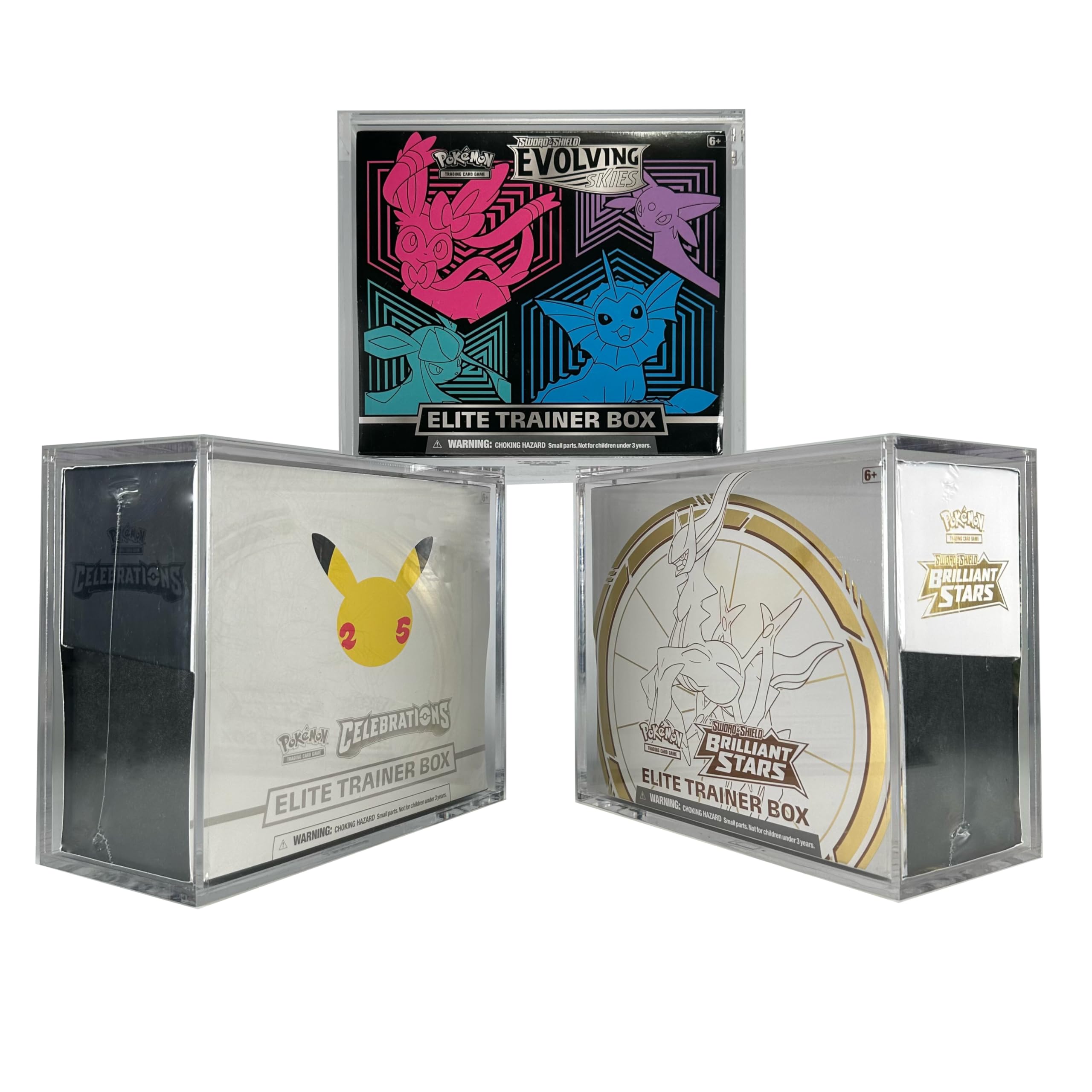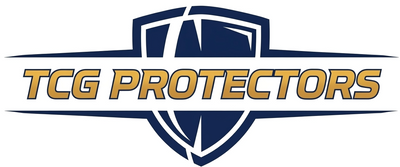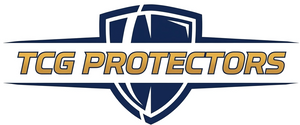In the vast multiverse of Magic: The Gathering, no format has captured the hearts and minds of players quite like Commander. Explore more about Magic The Gathering formats including Standard and Commander rules. What started as a fan-made variant called Elder Dragon Highlander (EDH) has exploded into the game's most popular way to play, celebrated for its emphasis on creativity, social interaction, and epic, splashy gameplay. For many, Commander is Magic.
But for a new player, the idea of building a 100-card singleton deck can be incredibly intimidating. Where do you even begin? This guide is your comprehensive introduction to the world of Commander decks. We'll break down the fundamental rules, explore why the format is so beloved, review the best ways to get started, and provide the foundational knowledge you need to build and customize a deck that is uniquely yours.
What Makes a Commander Deck? The Core Rules

At its heart, Commander is a multiplayer format built for epic, free-for-all games, typically with three to five players. The deckbuilding rules are what make it so distinct and foster such incredible diversity.
-
The Commander: Your entire deck is built around a single legendary creature (or a specific Planeswalker that says it can be your commander). This card doesn't start in your deck but in a special "Command Zone." You can cast your commander from this zone, and if it would die or be exiled, you can return it to the command zone to be cast again, though it costs an additional two mana for each subsequent cast. Your commander is the heart and soul of your strategy, a reliable threat or engine you always have access to.
-
100-Card Singleton: Your deck must contain exactly 100 cards, including your commander. With the exception of basic lands, you are only allowed a single copy of any given card. This "singleton" rule is the source of the format's immense variety and replayability. No two games are ever exactly alike, as you can't rely on consistently drawing multiple copies of your best spells.
-
Color Identity: This is the most crucial deckbuilding constraint. All 99 cards in your deck must fall within the "color identity" of your commander. A card's color identity is determined by all the mana symbols that appear on it—not just in its casting cost, but anywhere in its rules text. For example, if your commander is , its color identity is Red, Green, and White. Therefore, your deck can only contain cards that use those three colors (or are colorless).
- 40 Life: Players start with a hearty 40 life, a significant jump from the 20 life in traditional one-on-one formats. Compare to Magic Standard decks for mastering the meta. This higher life total makes games longer, more resilient, and allows for bigger, more dramatic plays to unfold.
Getting Started: The Unbeatable Value of Pre-Cons

The single best entry point into the Commander format is a pre-constructed deck, or "pre-con." These 100-card, ready-to-play decks are designed by Wizards of the Coast to be functional, synergistic, and fun right out of the box. They remove the daunting task of building from scratch and provide an immediate ticket to join a game at any local game store. For more on top Magic The Gathering meta decks including Commander and budget options.
In recent years, the quality of these pre-cons has skyrocketed. They often contain powerful new cards and valuable reprints, making them an excellent investment. For a new player in 2025, these are some of the best pre-cons available:
-
Food and Fellowship (The Lord of the Rings): A powerful and thematic deck that uses "Food" tokens to gain life and drain your opponents. It has a resilient, straightforward game plan and is packed with valuable cards.
-
Veloci-Ramp-Tor (Lost Caverns of Ixalan): The game plan is simple and viscerally fun: use mana ramp to play giant, powerful Dinosaurs and attack. The deck is very strong out of the box and easy to understand.
-
Party Time (Battle for Baldur's Gate): Built around the "Party" mechanic (having a Cleric, Rogue, Warrior, and Wizard), this deck is highly synergistic and contains extremely valuable format staples, making it a great long-term investment.
-
Mutant Menace (Fallout): A unique deck that uses "Rad" counters to mill opponents while growing your own creatures with +1/+1 counters. It offers a different and engaging play experience.
The Art of the Upgrade: Making a Pre-Con Your Own
Playing a pre-con for a few games is the best way to learn its strategy and identify its weaknesses. The next step in your Commander journey is upgrading it. This process of swapping out weaker cards for more powerful or synergistic alternatives is how you begin to personalize your deck and raise its power level.
A great upgrade philosophy for any pre-con focuses on three key areas: the mana base, card draw, and interaction. Let's use the Veloci-Ramp-Tor deck as an example.
1. The Mana Base (Ramp & Lands): The pre-con comes with many lands that enter the battlefield tapped, which can slow you down.
-
Upgrades: Swap out tapped lands like for lands that can enter untapped, like or . Replace weaker ramp spells with more efficient ones like or .
2. Card Draw: The deck can sometimes run out of steam if your big dinosaurs are dealt with.
-
Upgrades: Green has some of the best creature-based card draw in the game. Add powerful options like , , or to keep your hand full of threats.
3. Interaction & Threats: While the deck has big dinosaurs, some are more impactful than others.
-
Upgrades: Swap out less efficient dinosaurs for powerhouse threats like (a perfect new commander for the deck), , or . Add more versatile removal spells like or to deal with any type of permanent.
By focusing on these core areas, you can dramatically increase the consistency and power of any pre-constructed deck, turning it into a personalized force to be reckoned with.
Building from Scratch: The "Rule of 8x8"

Once you're ready to build a deck from the ground up, the process always starts with choosing your Commander. This choice will define your deck's colors and overall strategy. Do you want to build a Vampire tribal deck? A spell-slinging wizard deck? An artifact-focused machine deck? Your Commander is your guiding star.
With your Commander chosen and 37-38 slots dedicated to lands, you're left with about 62 slots for spells. How do you fill them? A great starting framework is the "8x8 Theory." The idea is to break down your deck's needs into eight essential categories and dedicate roughly eight cards to each.
-
Ramp (8 cards): Spells that accelerate your mana production. (e.g., )
-
Card Draw (8 cards): Spells that refill your hand. (e.g., )
-
Single-Target Removal (8 cards): Spells that can destroy or exile a single problematic permanent. (e.g., )
-
Board Wipes (8 cards): Spells that clear the entire battlefield to reset the game state. (e.g., )
-
Synergy Card Type #1 (8 cards): Cards that directly support your commander's main theme. (e.g., eight powerful Vampires for a Vampire tribal deck).
-
Synergy Card Type #2 (8 cards): Cards that support your theme in a different way. (e.g., eight "lord" effects that give all your Vampires a boost).
-
Synergy Card Type #3 (8 cards): More support cards. (e.g., eight spells that create Vampire tokens).
-
"Tutor" / Utility / Flex Slots (8 cards): Cards that let you search for specific pieces, protect your board, or powerful "good stuff" cards.
This 8x8 structure is not a rigid rule, but a flexible guideline. It ensures your deck is well-rounded and functional, containing not just the fun, thematic cards that execute your strategy, but also the essential ramp, draw, and interaction needed to survive a multiplayer game.
The Social Contract: Power Levels and Rule 0

Finally, it's crucial to understand that Commander is, at its core, a social format. The goal is for everyone at the table to have a good time. This is achieved through a pre-game conversation known as "Rule 0," where players discuss the intended power level of their decks. A highly tuned, competitive deck (known as cEDH) will create a miserable experience if pitted against three casual, unmodified pre-cons. Deepen your gameplay with our guide to Magic the Gathering stack and priority for advanced interactions.
Communicating your deck's strategy ("My deck wants to win with Dinosaur tribal combat") and its general power level ensures a balanced and enjoyable game for everyone.
The world of Commander is a brewer's paradise. It's a format that rewards creativity, celebrates personal expression, and creates unforgettable stories. Whether you start with a pre-con and slowly make it your own or dive headfirst into building from scratch, your Commander deck will become an extension of your playstyle. So pick your legend, shuffle up your 99, and get ready to command your pod.














Leave a comment